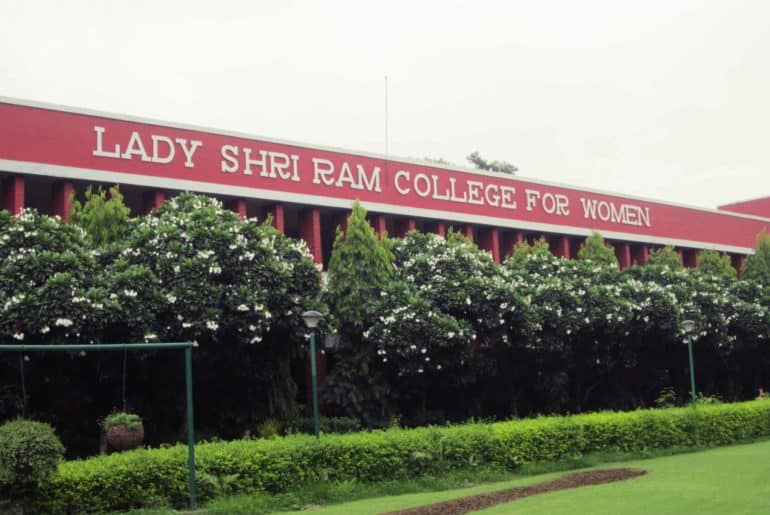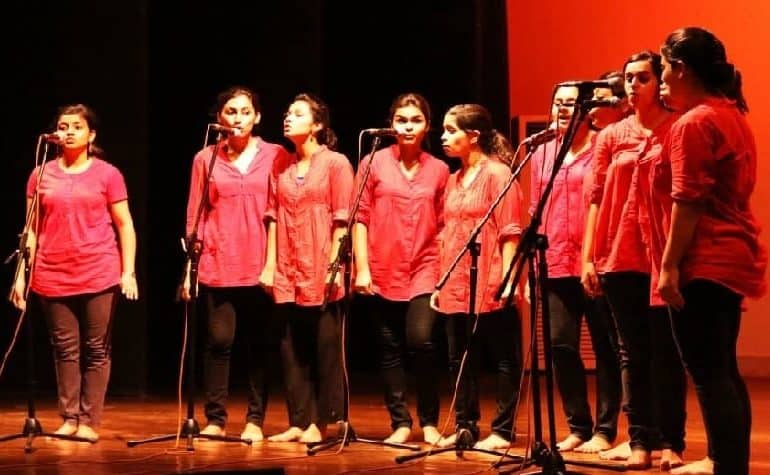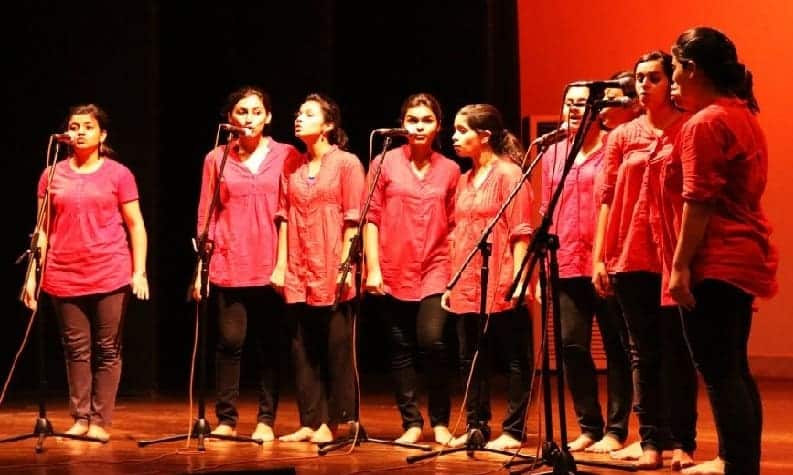Picture source: sify.com
On 26th November 2008, Ajmal Kasab and his accomplice Abu Dera Ismail Khan carried out an attack at the excessively crowded Chhatrapati Shivaji Terminus in Mumbai. Following this, they moved on to attack a police vehicle at Cama Hospital, where senior police officers Hemant Karkare, Vijay Salaskar and Ashok Kamte were killed in a shootout. The terrorists then reached Metro Cinema and Vidhan Bhavan where they continued with their shootings. A wounded Kasab was finally arrested when found trying to escape in a car at Girgaum Chowpatty.
The trial has been dragged for the past four years, during which an enraged India was forced to listen to Kasab’s whimsical desires that included being served Biryani. This prolonged sentence of justice finally reached its conclusion on 29th August 2012, when the Supreme Court upheld the death sentence for Kasab. However, this chapter is far from closed. The verdict for clemency still needs to be placed in front of the president before any action is taken.
“Well, it’s about time!” was one phrase chanted by most DU students when asked for their opinion. “I think this brings peace to a lot of people, especially the ones who have lost their loved ones. But this definitely doesn’t solve the question of security in India. Measures need to be taken to ensure that an incident like this doesn’t happen again,” said Madhurima, a student of Lady Shri Ram College. Others were not too satisfied. “It’s good to know that justice has been served, but it has been too long. If this had been declared four years ago, it would have meant a lot more,” stated Jay from Kirori Mal College. Lisha, a second year student from Hindu voiced an opinion on similar lines, “There’s still a long way to go. The appeal hasn’t been sent to the President yet, so only half the goal has been achieved. The Indian judicial system needs to be more efficient.”
Kasab belongs to a poor family in Faridkot, Pakistan. He got involved in petty crimes until he was finally taken in by the terrorist organisation, Lashkar-E-Taiba, at a very young age. For youth like him being brainwashed into the world of bloodshed at such an influenceable age, death sentence doesn’t seem like the best punishment to some. “I don’t think any human being or institution should have the right to command when someone else’s life ends. Kasab definitely deserves severe punishment for the pain he has caused, but I wish we could think of a better way of making him learn his lesson,” said Adita, a student of St. Stephen’s college.
While an impatient India waits for justice to be served in one way or the other, the verdict against our country’ most hated terrorist carries on at snail’s pace.











 Photo credits:-Additi Seth
The second week of college at LSR was bustling with activity as various societies were holding their annual auditions. The corridors were swarming with enthusiastic freshers as they hopped from one society board to another, furiously scribbling down the dates for the different auditions. “I am going to try out for as many societies as I can. There are so many options here, from music and dance to film appreciation and social work. I can’t wait to take part!” said an excited Nimisha, one of the many first years.
Boasting of about 21 active societies, LSR offers a wide range of options when it comes to extra-curricular activities. The past week consisted of NSS recruitments, where students were assigned NGOs of their choice to work for a year. The coming of this week began with both the Indian Music Society as well as the Western Music Society holding their auditions on Tuesday, 31st July. “75 students showed up for the IMS Auditions, out of which we chose 22. This was the preliminary round, where the candidates will be singing for the Special assembly put up on Independence Day. We asked them to sing any song of their choice. However, the second round of auditions, which will be held on 16th August, are for the core group of the society. This will only be open to people with a classical background,” said Parampara, the president of the Indian Music Society. The Western Music Society had a similar story to share. The numbers were larger, with 90 students turning up, causing the auditions to be split across two days. Gitana Singh, the president of WMS, was in quite a dilemma, “I asked each student to sing one or two songs of their choice that best represent their talent. After that, I tested their range to see how high or how low they could go. The students who auditioned were very talented. I honestly found it very difficult to choose between so many singers. In the end, I settled for 16 singers and 6 instrumentalists. Out of these, a few will be added to the already existing core group after the Independence Day assembly, for inter-college and out-station competitions.”
Close to 300 students turned up to shake a leg at the Dance Auditions held on Wednesday and Thursday. Anandini, the president of the Dance society, was issued the hard task of selecting the gems among the sea of candidates. When asked how the auditions were conducted, she said, “The LSR dance society is divided into four sub groups-Choreo, Western, Classical, and Folk. Each student could audition for all four, and to facilitate this, our dance team divided itself into four groups and asked each hopeful to approach the group for which they wanted to audition. They brought their own music and danced for 2-3 minutes. There is no preference given to freshers or ECA students, and we encourage everyone to take part.” The end of Thursday saw the first round of dance auditions close with 60 students chosen. Out of these, only 20 students will finally make it after the final round of auditions, scheduled for early next week. “We would love to take more students, but we have to be extremely selective when it comes to selecting for our college dance team,” says Anandini.
The Debating society held its much-awaited auditions on Thursday. These began at 4 in the afternoon and stretched on until 7 in the evening. “They gave us 8 different topics early in the morning, such as whether Sarkozy banning the Burqa was justified, should the UN be disbanded, and so on. My topic was concerning the Censor Board of India and the fact that it oversteps boundaries. They threw many questions at me, and then asked me to turncoat after that. I was given 5 minutes, and it was probably the most nerve-wracking argument I have ever had to give,” says Harnidh Kaur, a first year History student who hopes to get in to the Debsoc.
Friday saw the arrival of the Dramsoc auditions, where 124 expressive students couldn’t wait to put on an act for their judges. They were allowed to prepare a piece of their choice in either Hindi or English. “The drama society is divided into street plays and stage performances, as well as on the bases of language-English and Hindi. However, the initial auditions are taken only for events that are coming up, in this case Independence Day. This is an open society, only the union members are a permanent part of it. Hence, every actor needs to re-audition for a new production. From 124 candidates, we have chosen 37. The second round will be on Saturday, when we will bring this list down to 15,” say Yama, the president of Dramsoc, LSR. She continues, “This year, the quality of acting was extreme. Some performances were brilliant and we were awestruck by their acting and enunciation. On the other hand, we had to face some performances that we hoped would end immediately.”
With many more Society orientations waiting in line next week, such as Projekt-the photography and film club, freshers as well as the seniors can’t wait to begin exploring what LSR has in store for them this year. With its dynamic and talented crowd, one can easily say that LSR societies are ready to take the DU world by storm!
]]>
Photo credits:-Additi Seth
The second week of college at LSR was bustling with activity as various societies were holding their annual auditions. The corridors were swarming with enthusiastic freshers as they hopped from one society board to another, furiously scribbling down the dates for the different auditions. “I am going to try out for as many societies as I can. There are so many options here, from music and dance to film appreciation and social work. I can’t wait to take part!” said an excited Nimisha, one of the many first years.
Boasting of about 21 active societies, LSR offers a wide range of options when it comes to extra-curricular activities. The past week consisted of NSS recruitments, where students were assigned NGOs of their choice to work for a year. The coming of this week began with both the Indian Music Society as well as the Western Music Society holding their auditions on Tuesday, 31st July. “75 students showed up for the IMS Auditions, out of which we chose 22. This was the preliminary round, where the candidates will be singing for the Special assembly put up on Independence Day. We asked them to sing any song of their choice. However, the second round of auditions, which will be held on 16th August, are for the core group of the society. This will only be open to people with a classical background,” said Parampara, the president of the Indian Music Society. The Western Music Society had a similar story to share. The numbers were larger, with 90 students turning up, causing the auditions to be split across two days. Gitana Singh, the president of WMS, was in quite a dilemma, “I asked each student to sing one or two songs of their choice that best represent their talent. After that, I tested their range to see how high or how low they could go. The students who auditioned were very talented. I honestly found it very difficult to choose between so many singers. In the end, I settled for 16 singers and 6 instrumentalists. Out of these, a few will be added to the already existing core group after the Independence Day assembly, for inter-college and out-station competitions.”
Close to 300 students turned up to shake a leg at the Dance Auditions held on Wednesday and Thursday. Anandini, the president of the Dance society, was issued the hard task of selecting the gems among the sea of candidates. When asked how the auditions were conducted, she said, “The LSR dance society is divided into four sub groups-Choreo, Western, Classical, and Folk. Each student could audition for all four, and to facilitate this, our dance team divided itself into four groups and asked each hopeful to approach the group for which they wanted to audition. They brought their own music and danced for 2-3 minutes. There is no preference given to freshers or ECA students, and we encourage everyone to take part.” The end of Thursday saw the first round of dance auditions close with 60 students chosen. Out of these, only 20 students will finally make it after the final round of auditions, scheduled for early next week. “We would love to take more students, but we have to be extremely selective when it comes to selecting for our college dance team,” says Anandini.
The Debating society held its much-awaited auditions on Thursday. These began at 4 in the afternoon and stretched on until 7 in the evening. “They gave us 8 different topics early in the morning, such as whether Sarkozy banning the Burqa was justified, should the UN be disbanded, and so on. My topic was concerning the Censor Board of India and the fact that it oversteps boundaries. They threw many questions at me, and then asked me to turncoat after that. I was given 5 minutes, and it was probably the most nerve-wracking argument I have ever had to give,” says Harnidh Kaur, a first year History student who hopes to get in to the Debsoc.
Friday saw the arrival of the Dramsoc auditions, where 124 expressive students couldn’t wait to put on an act for their judges. They were allowed to prepare a piece of their choice in either Hindi or English. “The drama society is divided into street plays and stage performances, as well as on the bases of language-English and Hindi. However, the initial auditions are taken only for events that are coming up, in this case Independence Day. This is an open society, only the union members are a permanent part of it. Hence, every actor needs to re-audition for a new production. From 124 candidates, we have chosen 37. The second round will be on Saturday, when we will bring this list down to 15,” say Yama, the president of Dramsoc, LSR. She continues, “This year, the quality of acting was extreme. Some performances were brilliant and we were awestruck by their acting and enunciation. On the other hand, we had to face some performances that we hoped would end immediately.”
With many more Society orientations waiting in line next week, such as Projekt-the photography and film club, freshers as well as the seniors can’t wait to begin exploring what LSR has in store for them this year. With its dynamic and talented crowd, one can easily say that LSR societies are ready to take the DU world by storm!
]]> 

